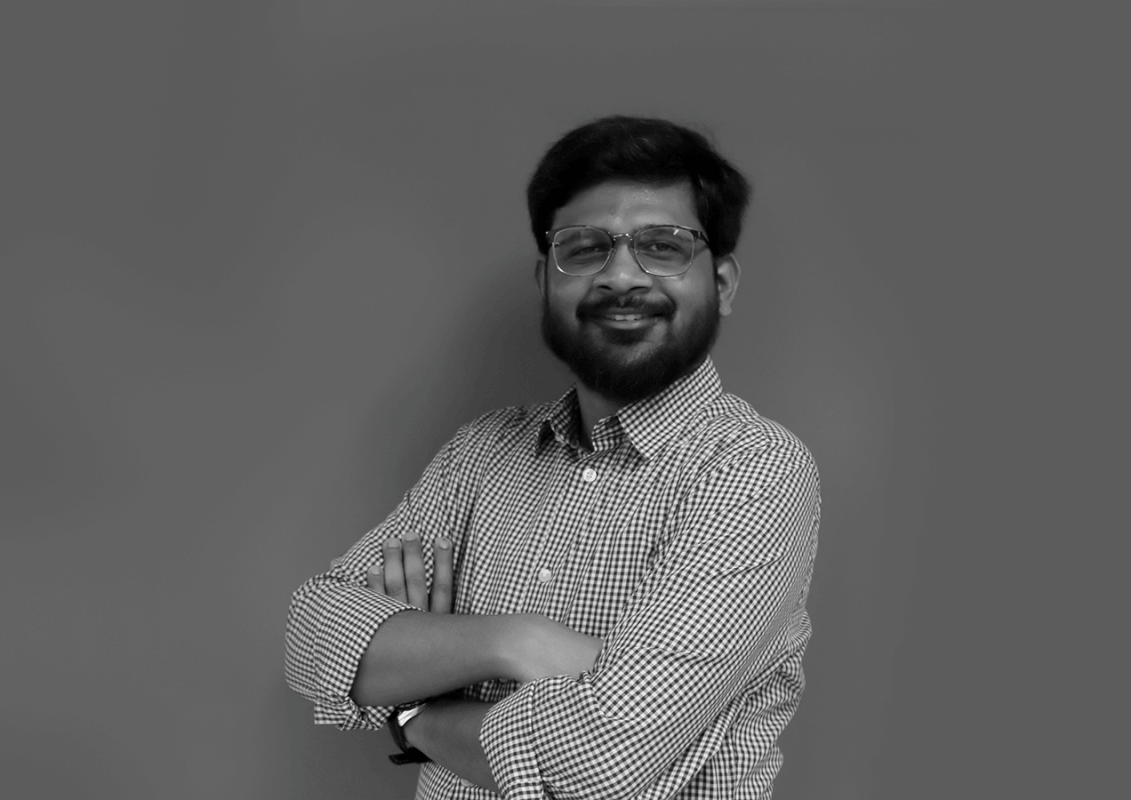Jaeger-LeCoultre Decorates Two New Reversos with Miniature Reproductions of Hokusai ‘Waterfalls’


Katsushika Hokusai (1760–1849) was a celebrated ukiyo-e painter and printmaker during the Edo period in Japan. Hokusai was best known for his woodblock print series, "Thirty-Six Views of Mount Fuji (Fugaku Sanjūrokkei)”, which includes his most famous print, "The Great Wave off Kanagawa (Kanagawa-oki nami-ura)”. Hokusai's works are characterised by their intricate details, vibrant colours, and exquisite craftsmanship. Using the iconic Reverso as a base, JLC has used the caseback of the Reverso Monoface to create two miniature canvases. Miniature reproductions of Hokusai’s woodblock prints of the “Waterfall at Ono” (Ref. Q39334T5) and the “Waterfall at Yoshino” (Ref. Q39334T4) are hand-applied on the closed back side of the respective model’s reversible case with grand feu enamel. The result is a perfect recreation of the famous artworks, scaled down to one-tenth of their original sizes. This completes the Reverso Tribute trilogy, dedicated to Hokusai, which started with the “Great Wave off Kanagawa” in 2018 and the “Kirifuri Waterfall at Kurokami Mountain” in 2021.

Hokusai had a profound influence on the ukiyo-e tradition as well as on Western art movements, such as Impressionism and Art Nouveau. Hokusai's art often depicted landscapes, nature, and scenes from daily life, capturing the beauty and essence of Japan. His artistic talent, innovation, and prolific output made him a revered figure not only in Japan but also internationally. Hokusai's legacy continues to inspire artists and art enthusiasts around the world, and his prints remain highly sought-after.
The Waterfall at Ono

This variant portrays a famous site in Nagano Prefecture, located on the ancient road that linked the historic capital of Kyoto with the seat of the Tokugawa shoguns in Edo (today’s Tokyo). A small Shinto shrine stands on a rocky promontory next to the falls and on a bridge below it, a group of travellers stands in awe of the power of the falling water. The composition of the painting amplifies this sense of awe, with the water plunging in a straight vertical line between two towering cliffs. The front dial gets a Barleycorn guilloché pattern with grand feu enamel.
The Waterfall at Yoshino

This model depicts a famous Japanese tale – an episode from the life of General Minamoto no Yoshitsune (1159–1189). Fleeing from his older brother who considered him a traitor for joining forces with the Emperor, Go-Shirakawa the General paused to rest and bathe his favourite horse amid the mountains of Yoshino (in today’s Nara Prefecture). In this graphic composition, the waterfall’s strong curves express the full force of the water passing through a deep, tree-lined valley. Evoking an image of a giant hand embracing the earth with fingers spread open, it is a poignant exploration of the relationship among nature, man and animals. The front dial gets a Lozenge guilloché pattern and grand feu enamel.

Both are time-only models without any second hands. They come in 45.6 mm white gold cases with white gold crowns. Also, they have faceted appliqué hour markers, dauphine hands, and chemin-de-fer minutes tracks. The miniature paintings on the Reverso casebacks have been crafted using the Geneva technique, involving at least 14 layers of enamel, each fired at 800°C before the next can be applied, and requiring meticulous work over more than 80 hours.

Both models are powered by Jaeger‑LeCoultre’s in-house, manually wound Calibre 822 with 42 hours of power reserve. Also common to both models is the black alligator strap. Just like all timepieces from the Manufacturer, these watches have gone through stringent 1000-hour testing.
















.jpg)



